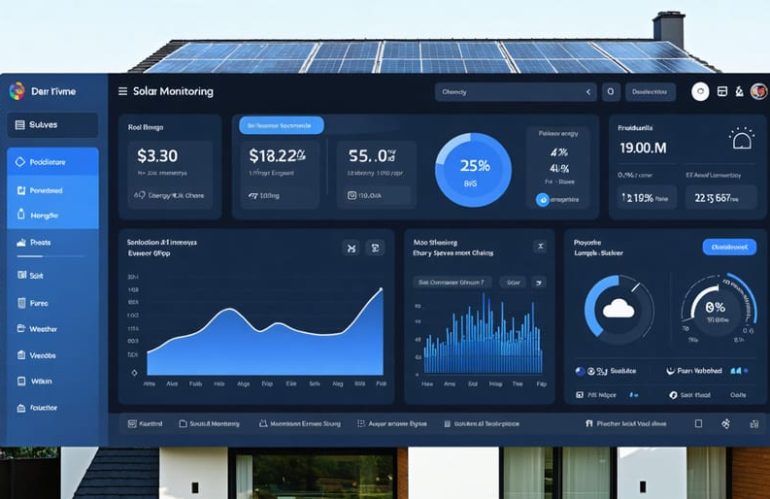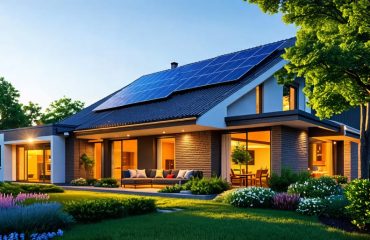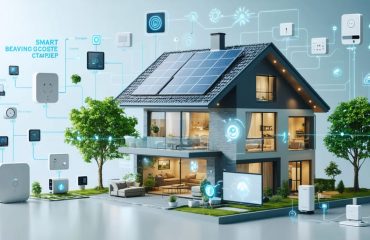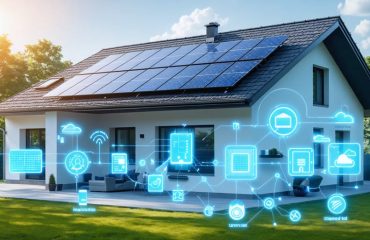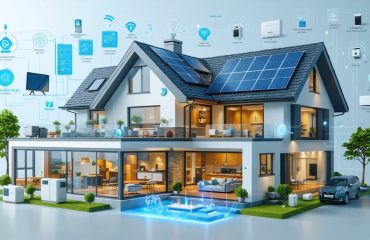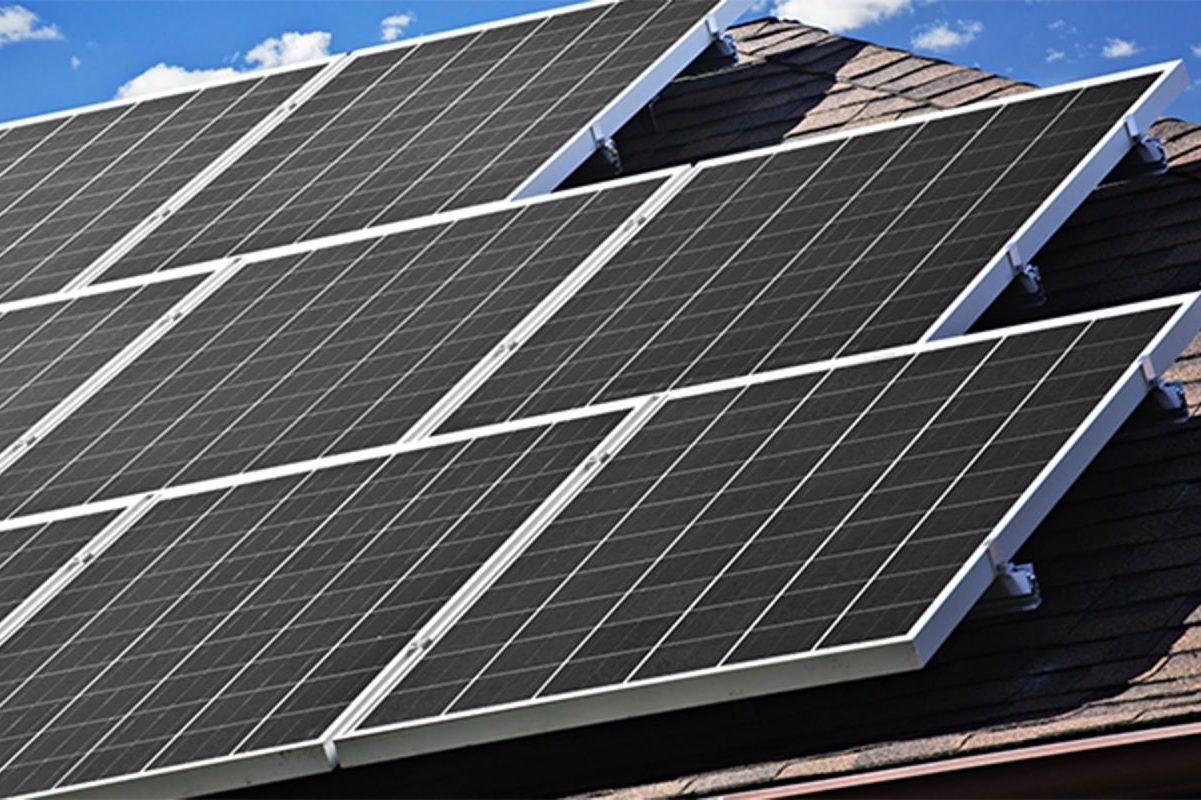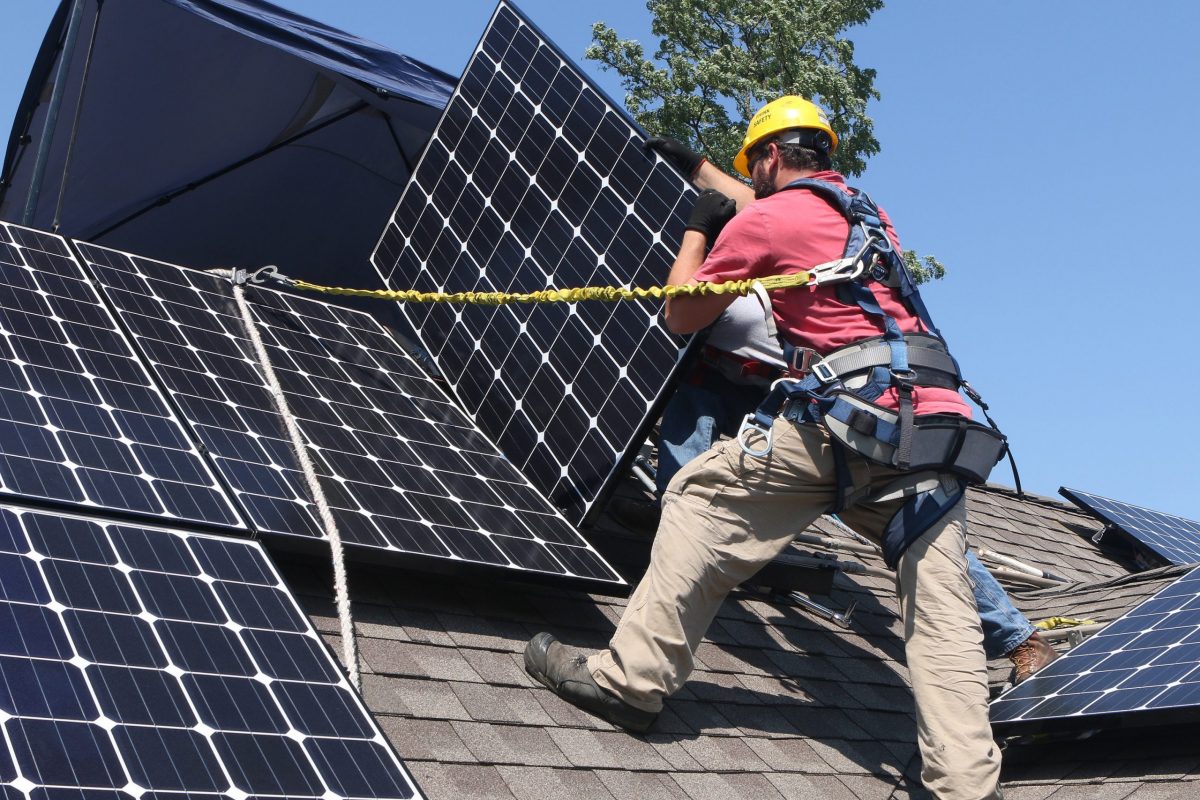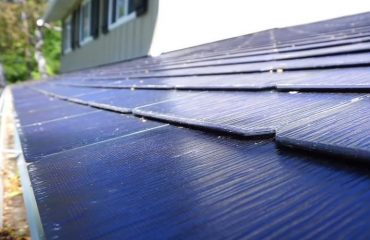Transform your residential solar installation into a smart, efficient powerhouse with advanced monitoring systems that track every watt of energy your panels produce. Real-time monitoring technology has revolutionized how homeowners interact with their solar investments, providing instant insights into system performance, energy production, and potential savings. By combining sophisticated sensors, user-friendly apps, and intelligent analytics, these monitoring solutions empower you to maximize your solar system’s output while identifying and resolving issues before they impact your energy generation.
Modern solar monitoring systems serve as your personal energy dashboard, delivering detailed performance metrics, customizable alerts, and predictive maintenance recommendations straight to your smartphone. Whether you’re tracking daily production patterns, analyzing long-term efficiency trends, or calculating your environmental impact, these intelligent systems transform complex data into actionable insights that help optimize your clean energy investment.
What Solar Energy Monitoring Actually Does For Your Home
Real-Time Performance Tracking
Real-time performance tracking is like having a smart dashboard for your solar energy system, giving you instant insights into how much power you’re generating and using. Modern monitoring systems update every few seconds, showing you exactly how much electricity your panels are producing throughout the day.
These systems track key metrics including current power output, daily energy generation, and total system performance. You can see how weather conditions affect your production, with easy-to-read graphs showing peak generation times and any unexpected dips in performance.
Most monitoring platforms also compare your actual production against expected yields, helping you spot potential issues before they become problems. You’ll receive alerts if your system isn’t performing as expected, and many systems even predict future generation based on weather forecasts.
The real beauty lies in the convenience – you can check all this information from your smartphone or computer, making it simple to optimize your energy usage. For example, you might schedule energy-intensive tasks like running the dishwasher during peak solar production hours to maximize your savings.
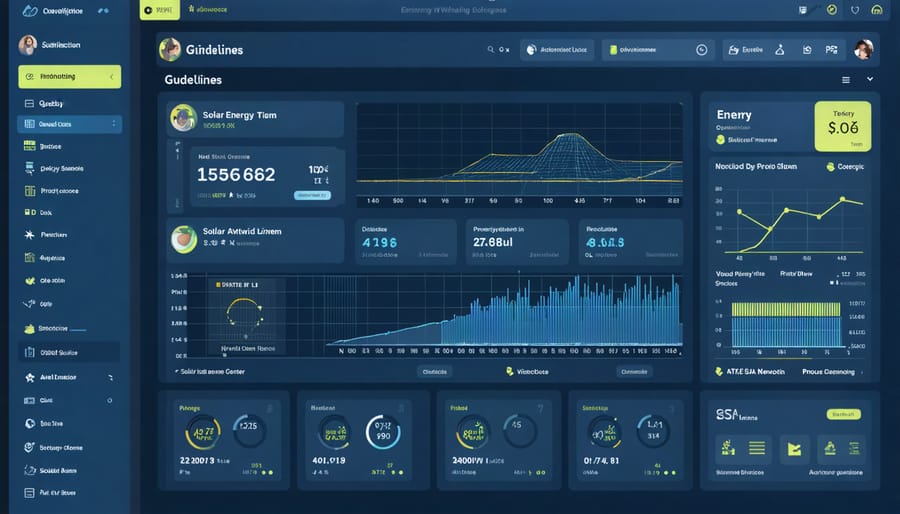
Problem Detection and Maintenance Alerts
Modern solar monitoring systems act as your system’s personal health tracker, constantly watching for potential issues before they become serious problems. Through advanced sensors and self-diagnosing solar systems, these monitors can detect everything from dust accumulation to failing components.
When your panels aren’t performing at their best, the monitoring system sends immediate alerts to your smartphone or email. These notifications help you address simple issues quickly, like scheduling cleaning when dust affects performance, or trimming nearby trees that have grown to cast shadows on your panels.
The system also tracks long-term performance trends, helping identify gradual efficiency decreases that might otherwise go unnoticed. For example, if one panel consistently underperforms, you’ll know it needs inspection before it impacts your entire system’s output.
This proactive approach to maintenance not only protects your investment but also ensures maximum energy production year-round. By catching and fixing small issues early, you avoid costly repairs and maintain optimal energy generation, keeping your utility bills lower and your system running efficiently.
Key Features That Save You Money
Energy Usage Optimization
Solar energy monitoring systems are powerful tools that help homeowners take control of their energy consumption patterns. By providing real-time data and insights, these systems enable you to make informed decisions about when and how you use electricity in your home.
Through detailed monitoring, you can identify peak energy production hours and adjust your usage accordingly. For instance, you might schedule energy-intensive activities like running the dishwasher or charging electric vehicles during peak solar production times. Modern monitoring systems utilize predictive analytics for energy optimization, helping you plan ahead based on weather forecasts and historical usage patterns.
The system’s dashboard typically displays easy-to-understand graphs showing daily, weekly, and monthly energy production and consumption trends. This visibility helps you spot energy waste and adjust habits accordingly. For example, you might notice certain appliances drawing unnecessary power during low-production hours and adjust their usage schedules.
Many monitoring systems also send alerts when consumption patterns change unexpectedly, helping you catch energy-wasting issues before they impact your utility bills. Some advanced features include automated appliance scheduling and integration with smart home devices, making it easier to maintain optimal energy usage without constant manual adjustments.
By understanding and optimizing your energy consumption patterns, you can maximize self-consumption of solar power and minimize reliance on grid electricity, leading to greater energy independence and lower utility bills.
Weather Integration and Smart Adjustments
Modern solar monitoring systems work hand-in-hand with weather forecasting to maximize your solar panel’s performance. These smart systems continuously collect local weather data, including cloud cover, temperature, and precipitation forecasts, to make real-time adjustments to your solar setup.
When dark clouds approach, your monitoring system can predict temporary drops in energy production and automatically adjust your home’s energy consumption patterns. This might mean running your dishwasher earlier in the day when clear skies are expected, rather than during forecasted overcast periods.
Temperature monitoring is particularly crucial since solar panels actually perform better in cooler conditions. Your system tracks panel temperature and can alert you when panels are operating outside their optimal temperature range, helping maintain peak efficiency year-round.
Some advanced monitoring systems even incorporate seasonal weather patterns into their algorithms. During winter months, when days are shorter and snow accumulation is possible, the system can recommend optimal times for panel cleaning and adjust energy usage expectations accordingly.
The real beauty of weather-integrated monitoring is its ability to learn and adapt over time. By analyzing historical weather data alongside your system’s performance, these smart monitors can provide increasingly accurate production forecasts and optimization suggestions, helping you make the most of your solar investment regardless of weather conditions.
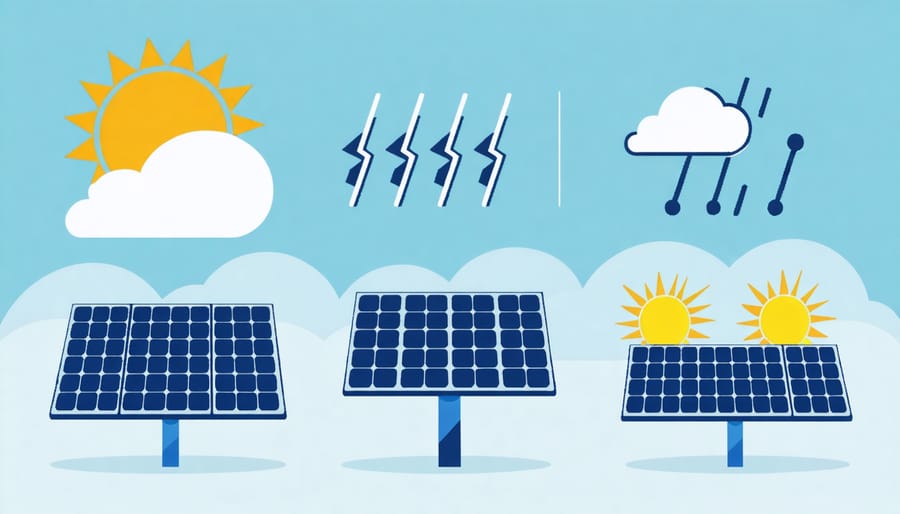
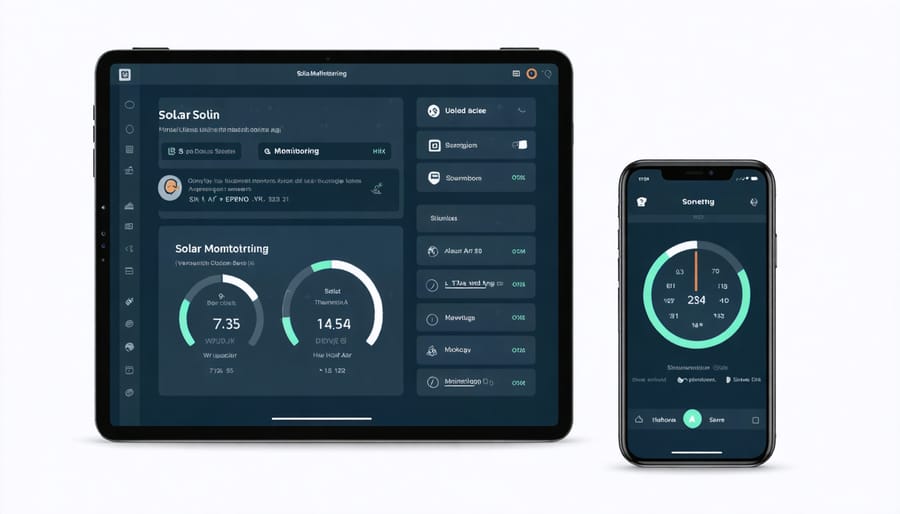
Mobile Apps and User Experience
Remote Access and Control
One of the most convenient features of modern solar monitoring systems is the ability to access and control your solar setup from anywhere using your smartphone, tablet, or computer. Through user-friendly apps and web portals, you can check your system’s performance in real-time, receive instant notifications about potential issues, and make adjustments to optimize energy production – all without being physically present at your home.
Remote access puts the power of solar management literally at your fingertips. You can track energy generation while on vacation, compare daily performance trends during your lunch break, or quickly respond to system alerts from anywhere with an internet connection. Many platforms also offer automated reporting features that deliver regular updates about your system’s performance and energy savings straight to your inbox.
This connectivity also enables faster troubleshooting and maintenance. If an issue arises, you can share system data directly with your solar provider, allowing them to diagnose problems remotely and reduce service costs. Some advanced systems even allow for remote software updates and performance adjustments, ensuring your solar installation remains optimized year-round without requiring on-site visits.
Understanding Your Energy Reports
Modern solar monitoring systems provide detailed energy reports that are easier to understand than you might think. Your dashboard typically displays three key metrics: current power production, daily energy generation, and historical performance data. By focusing on these numbers, you can quickly assess if your system is performing as expected.
Daily production graphs show your energy generation throughout the day, with peak production usually occurring during midday hours. If you notice unexpected dips during sunny periods, this could indicate potential issues requiring attention. Monthly and yearly comparisons help you track seasonal variations and overall system efficiency.
Many monitoring platforms also include environmental impact calculations, showing how much CO2 you’ve offset and equivalent trees planted. Financial savings are typically displayed in both daily figures and cumulative totals, making it easy to track your return on investment.
For optimal decision-making, pay attention to weather-adjusted performance indicators and compare your actual production against projected values. This helps you identify if your system needs maintenance or if it’s exceeding expectations.
Getting Started with Solar Monitoring
Getting started with solar monitoring doesn’t have to be complicated. The first step is to choose a monitoring system that matches your needs and budget. Most modern solar installations come with built-in monitoring capabilities, but if yours doesn’t, you can easily retrofit a system.
Begin by identifying your monitoring goals. Are you primarily interested in tracking daily energy production, analyzing long-term performance trends, or looking to maximize energy storage ROI? This will help determine which features you need.
Next, ensure your internet connection is stable and reliable. Most monitoring systems require Wi-Fi to transmit data to your smartphone or computer. Install the monitoring device near your solar inverter and connect it to your home network. Many systems come with step-by-step setup guides and mobile apps that walk you through the process.
Once connected, take time to familiarize yourself with the monitoring interface. Most platforms offer tutorials and customer support to help you understand the various features. Set up alerts for important metrics like sudden drops in production or system errors.
Consider starting with basic monitoring features before exploring advanced options. Focus initially on:
– Daily energy production readings
– Real-time power output
– Basic system health indicators
– Simple performance alerts
As you become more comfortable with the system, you can explore detailed analytics, weather integration, and advanced reporting features. Remember to regularly check your monitoring dashboard and adjust alert settings as needed to stay informed about your solar system’s performance.
Solar energy monitoring systems represent a crucial investment in your sustainable future, offering unprecedented control over your home’s energy production and consumption. By implementing these smart monitoring solutions, you can maximize your solar system’s efficiency, detect issues before they become costly problems, and ensure optimal returns on your renewable energy investment. The data-driven insights provided by these systems not only help you make informed decisions about your energy usage but also contribute to a greener planet. Don’t wait to take control of your solar investment – start monitoring your system today and join the growing community of informed, energy-conscious homeowners who are leading the charge toward a more sustainable future. With user-friendly interfaces and real-time tracking capabilities, there’s never been a better time to enhance your solar experience through smart monitoring technology.

